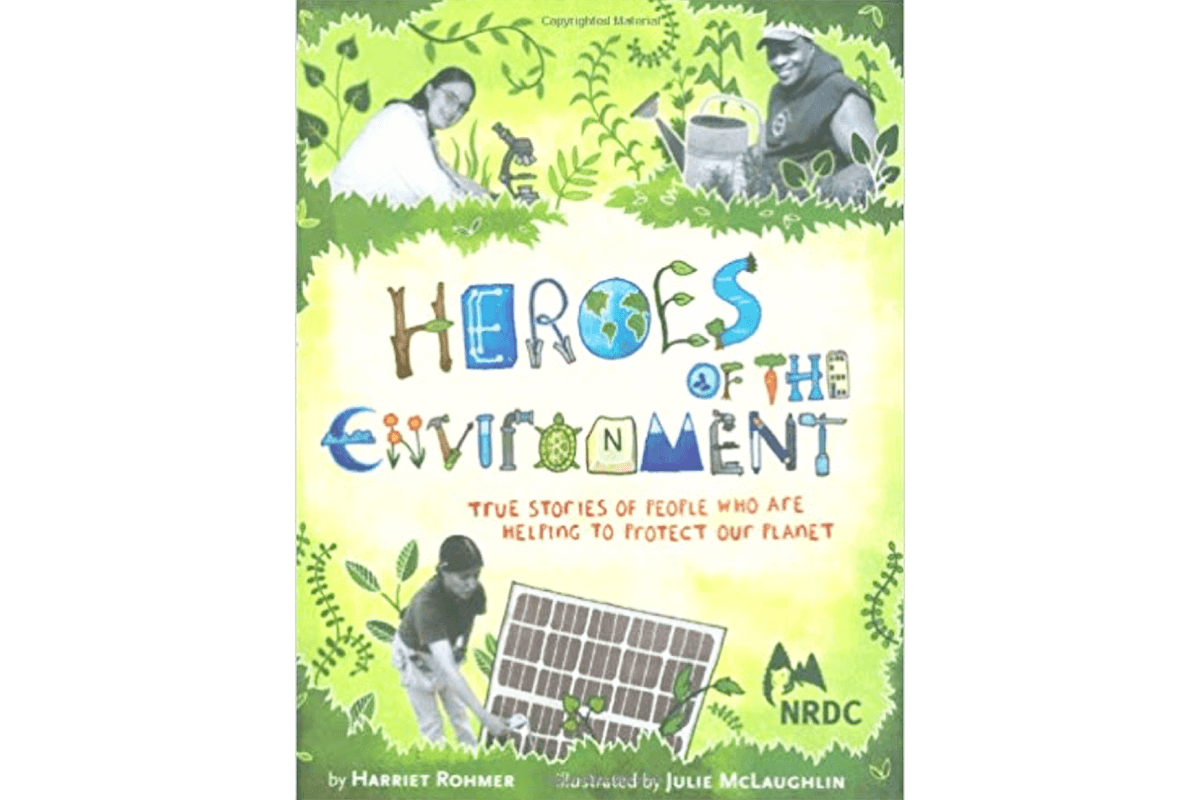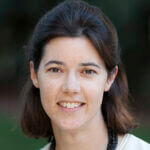Touring the Port of Los Angeles, engineering transportation corridor models, investigating the environmental impact of the war in Vietnam, and designing a student webpage to highlight the effects of climate change and globalization on endangered species were a few of the ways that teachers recently explored classroom applications for California’s Environmental Principles and Concepts (EP&Cs) through the California History–Social Science Project workshops and teacher research groups. We worked with elementary, middle, and high school teachers to develop lessons and strategies to help students cast an environmental lens on their investigations of the past and to understand and engage with current environmental concerns.
California’s new History–Social Science Framework’s updated content, organized around questions of significance, is meant to enhance student learning while deepening commitment to civic engagement. Integrating geography and environmental history into the material and introducing questions that students encounter provides an excellent foundation for understanding social and economic developments—whether it is through students’ investigations of their communities in early elementary grades, their state in fourth grade, or twentieth- and twenty-first century developments in high school. In addition, integrating the EP&Cs in history, geography, economics, and government classrooms gives students insight into the environmental challenges they will face as they come of age as well as what choices they can already make to promote a healthy environment for all.
A group of K–6 teachers gathered at CSU Dominguez Hills in August for a workshop led by Dr. Lisa Hutton and teacher-leader Kristal Cheek. Teachers received two excellent books that reinforce key environmental principles. Lynne Cherry’s A River Ran Wild places Massachusetts’ Nashua River at the center of Native American history, colonial settlement, industrial development, an awakening of environmental consciousness, and the community activism necessary to heal a polluted river. It pairs well with the second, Heroes of the Environment by Harriet Rohmer, a book of case studies about people young and old from around the globe who have identified and begun to address a pressing environmental concern that impacts their neighborhood, region, and ultimately, their world. In both books the environment is portrayed not as something we only admire or put to work for us, but as something whose quality is integral to the well-being of our communities. This workshop for elementary teachers focused on how to reinforce learning in both history–social science and science by teaching these topics in conjunction with one another. For instance, why not pair a lesson on transportation and the social and economic changes that the automobile instigated (history) with the engineering design of roadways through a mountainous landscape (science)? When studied together, students see why roads have an impact on the human communities and flora and fauna in the region, and they can begin to explore how to mitigate negative consequences.
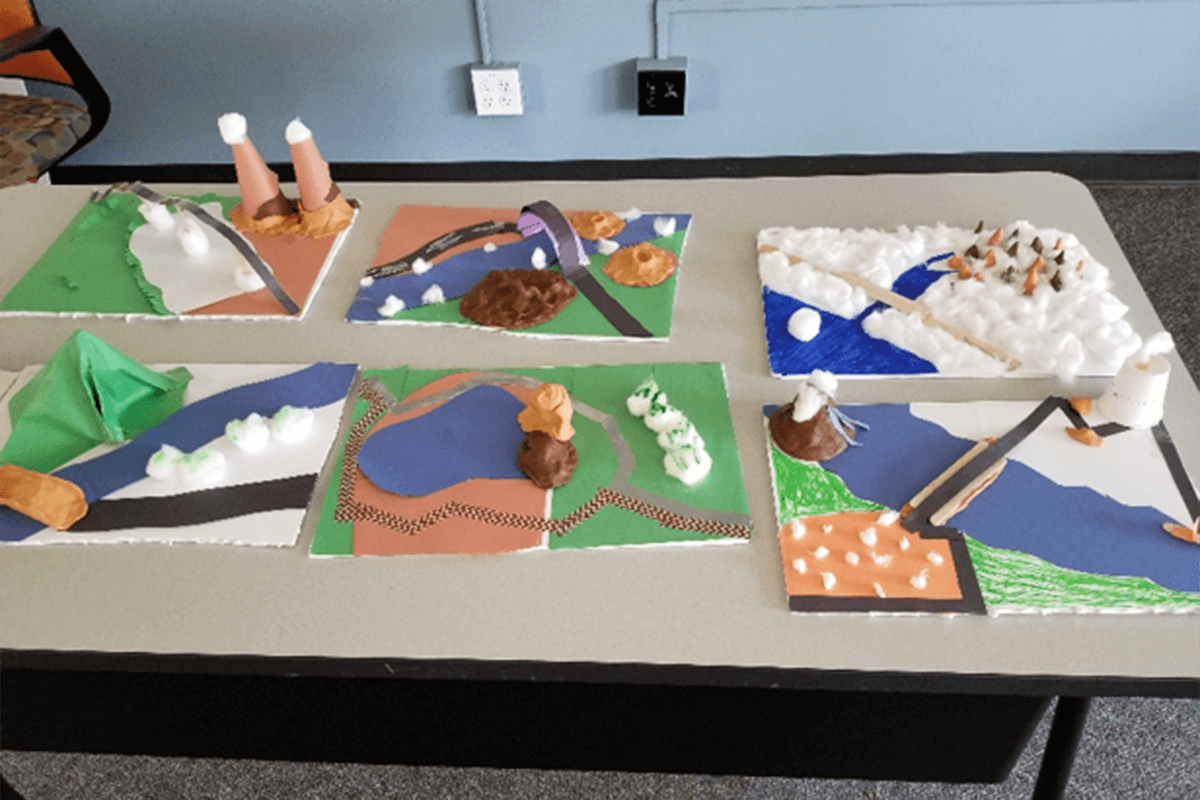
Economic development and the environment was also a theme in July’s “Industry and the Environment: The Port of Los Angeles” workshop run by Dr. Daniel Diaz and Cindy Mata, co-directors of the UCLA History–Geography Project held at the archives of the Automobile Club of Southern California. Teachers developed lessons that reflected the impact of L.A.’s economic development on their local environment. Of particular focus was the matter of environmental justice for communities where the burden of industrial pollution is felt most keenly.
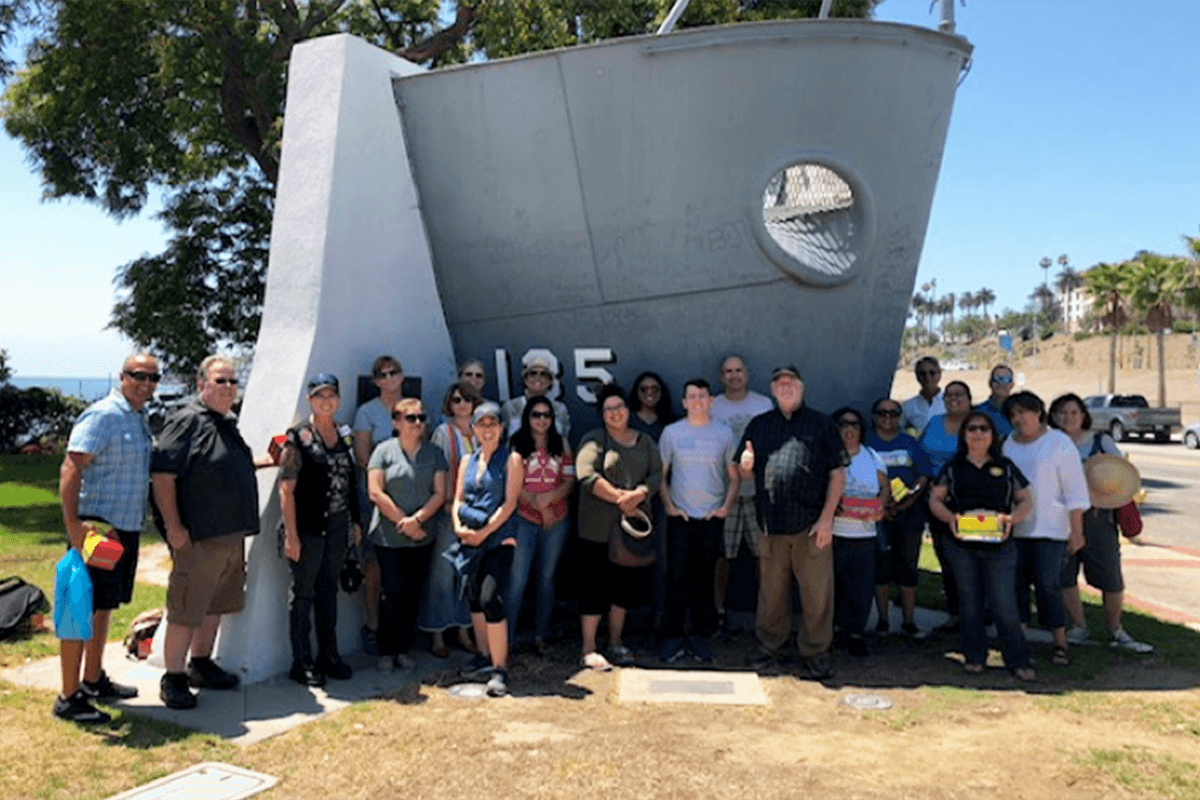
Teachers led by Dr. Nicole Gilbertson at the UC Irvine History Project’s “Globalization and the Environment” institute in June scaled up to think about the intersections of the environment with the global economic, political, and social developments of the past 150 years. Teachers learned of a variety of online programs and platforms meant to reinforce student inquiry. Teaching resources highlighting current events, like these that we developed, helped teachers consider the connections between issues like water scarcity and the history of settlement and development in arid regions, or international climate change agreements and the history of the industrial revolution as it unfolded at different rates in different parts of the world.
Teacher inquiry groups led by Dr. Rachel Reinhard of the UC Berkeley History–Social Science Project and Stacey Greer of the History Project at UC Davis examined curriculum to find opportunities to integrate California’s EP&Cs in meaningful ways. Throughout the 2017–18 school year, teachers considered how to flesh out their lessons with an environmental lens so as to deepen student learning. The Education and the Environment (EEI) Curriculum provided resources such as maps, data sets, and activities to enhance lessons. One teacher re-worked her lesson on the war in Vietnam to include the war’s environmental impact. Students responded well to the opportunity to look at the destructive aspects of war from this new angle, understanding that the degraded health of the environment influenced the experience of those living and fighting in the Vietnam War.
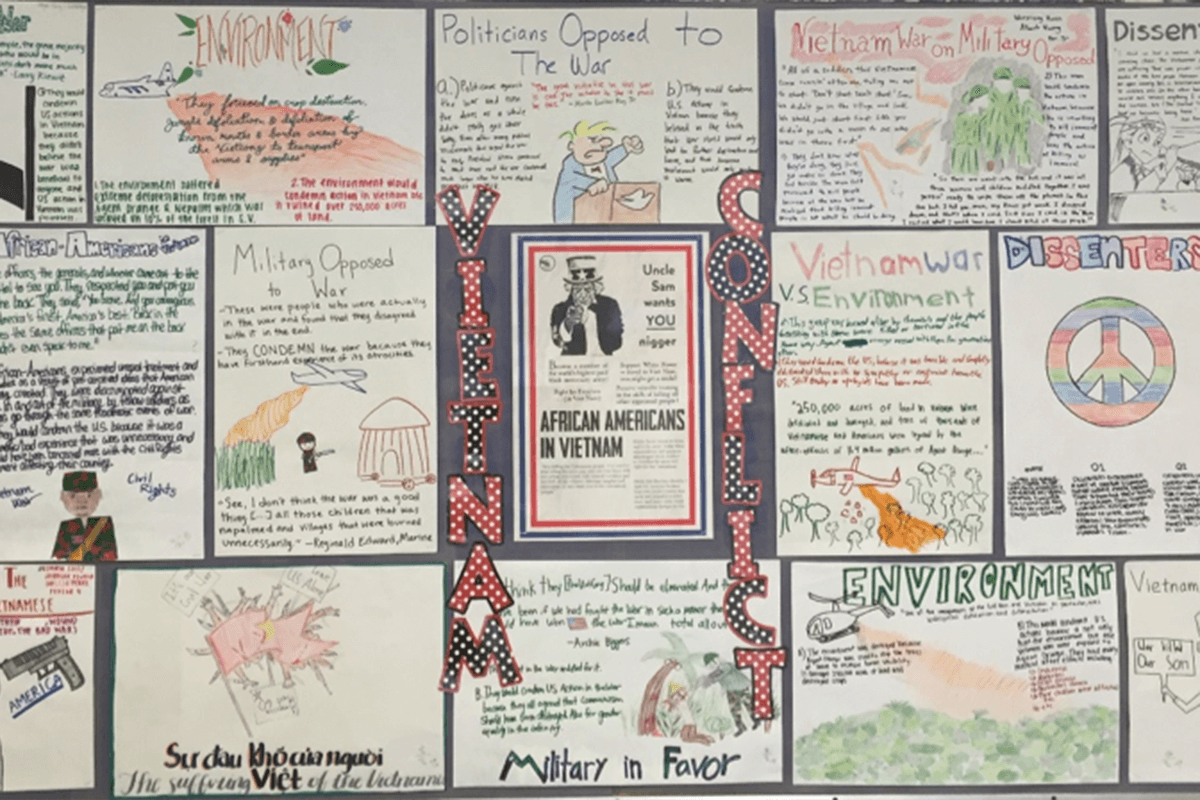
We know we have a long way to go until it becomes second nature for students to ask, “How did the environment and/or geography influence the way this particular event or era in history happened as it did?” or, “What were the short-term consequences on the environment of this decision made in the past, and how might this influence society well into the future?” But we know that once students are regularly asking such questions they will not only get a better picture of the past, they will also develop a better compass for making decisions in the future.
The California History–Social Science Project is grateful to Ten Strands and the Leonardo DiCaprio Foundation, whose support made this programming possible.

